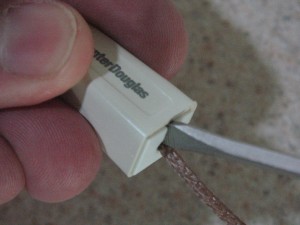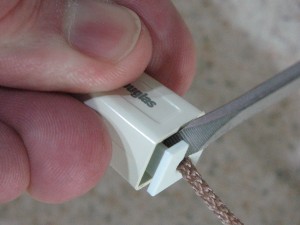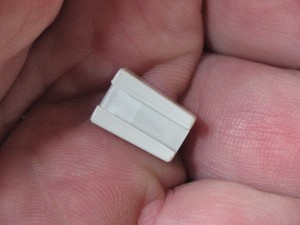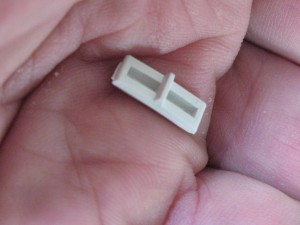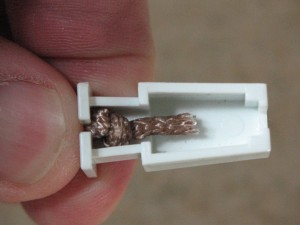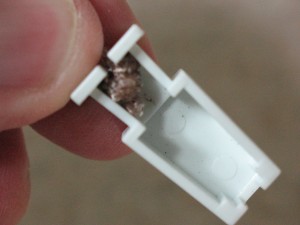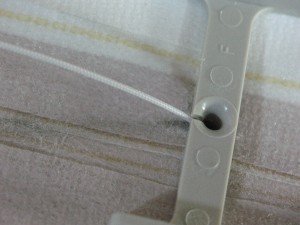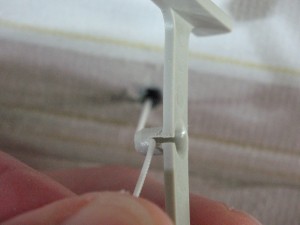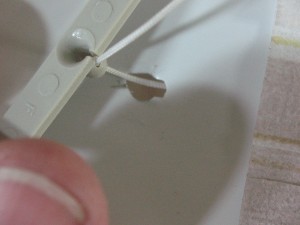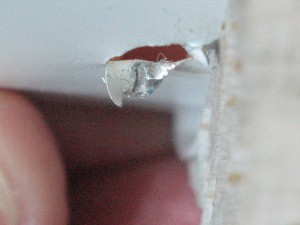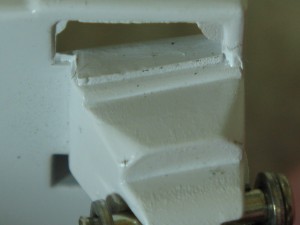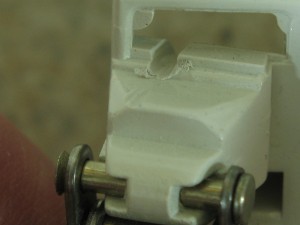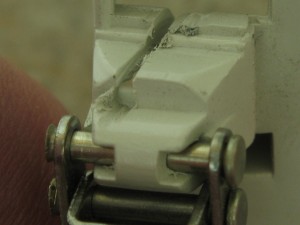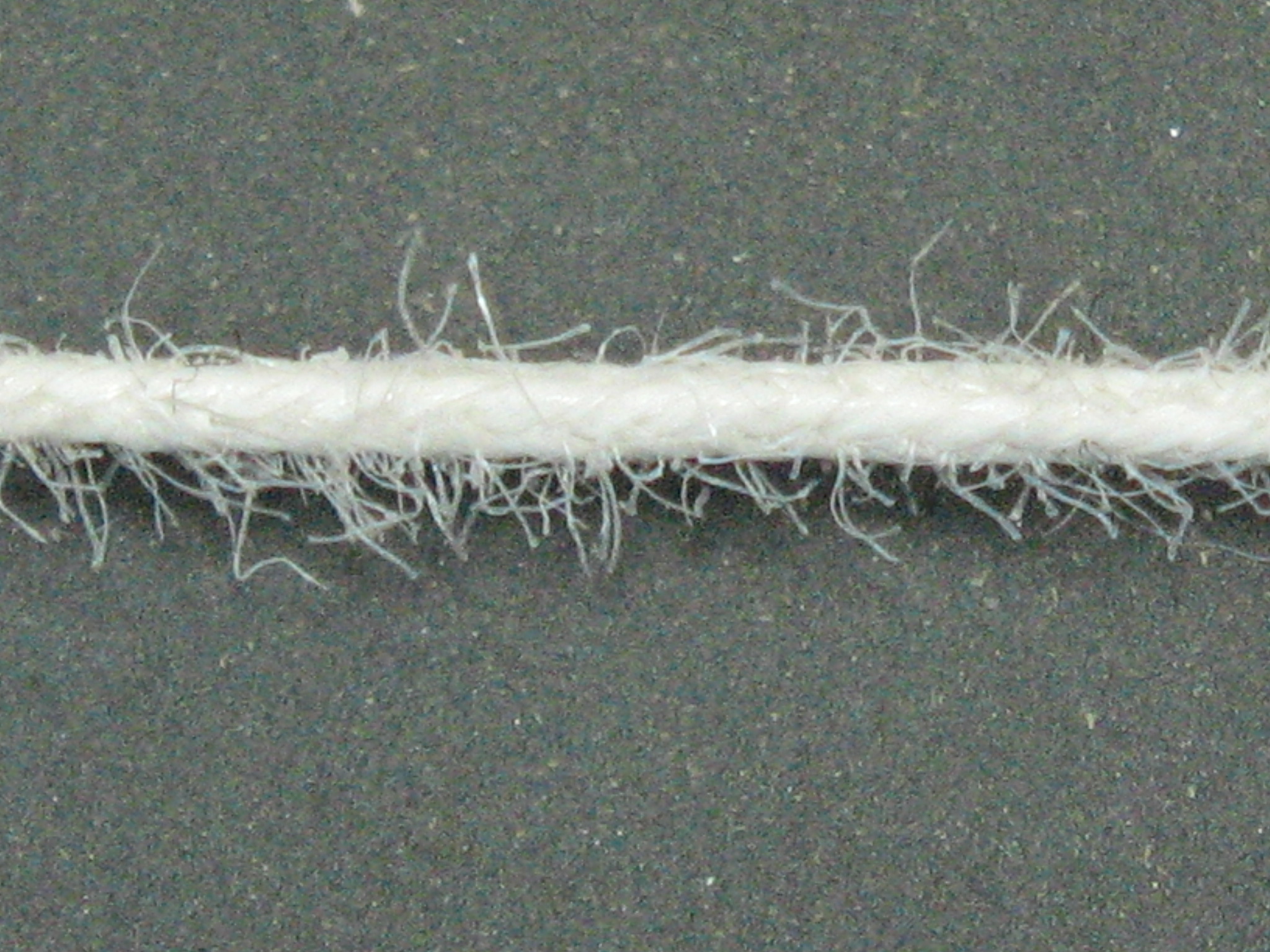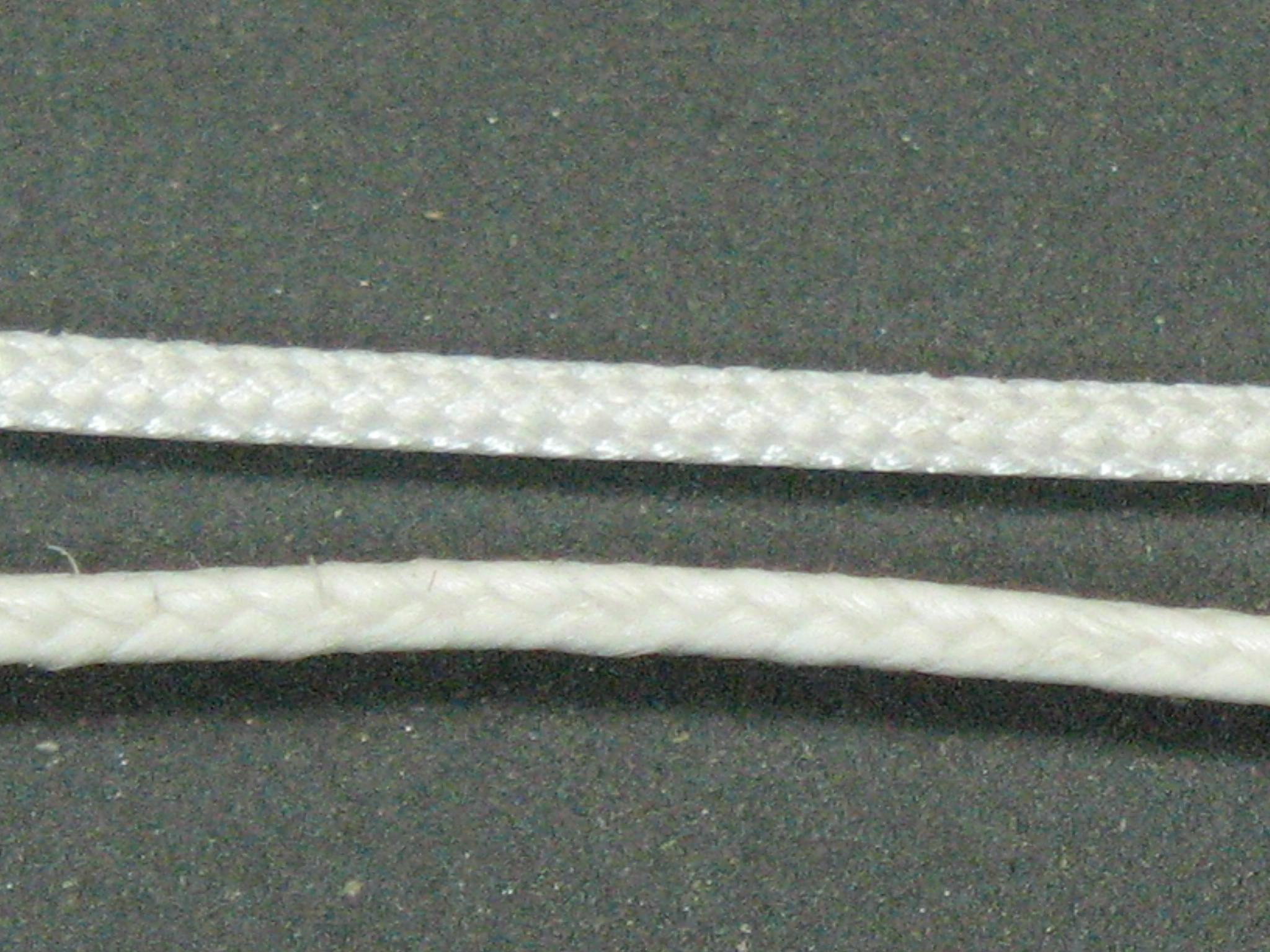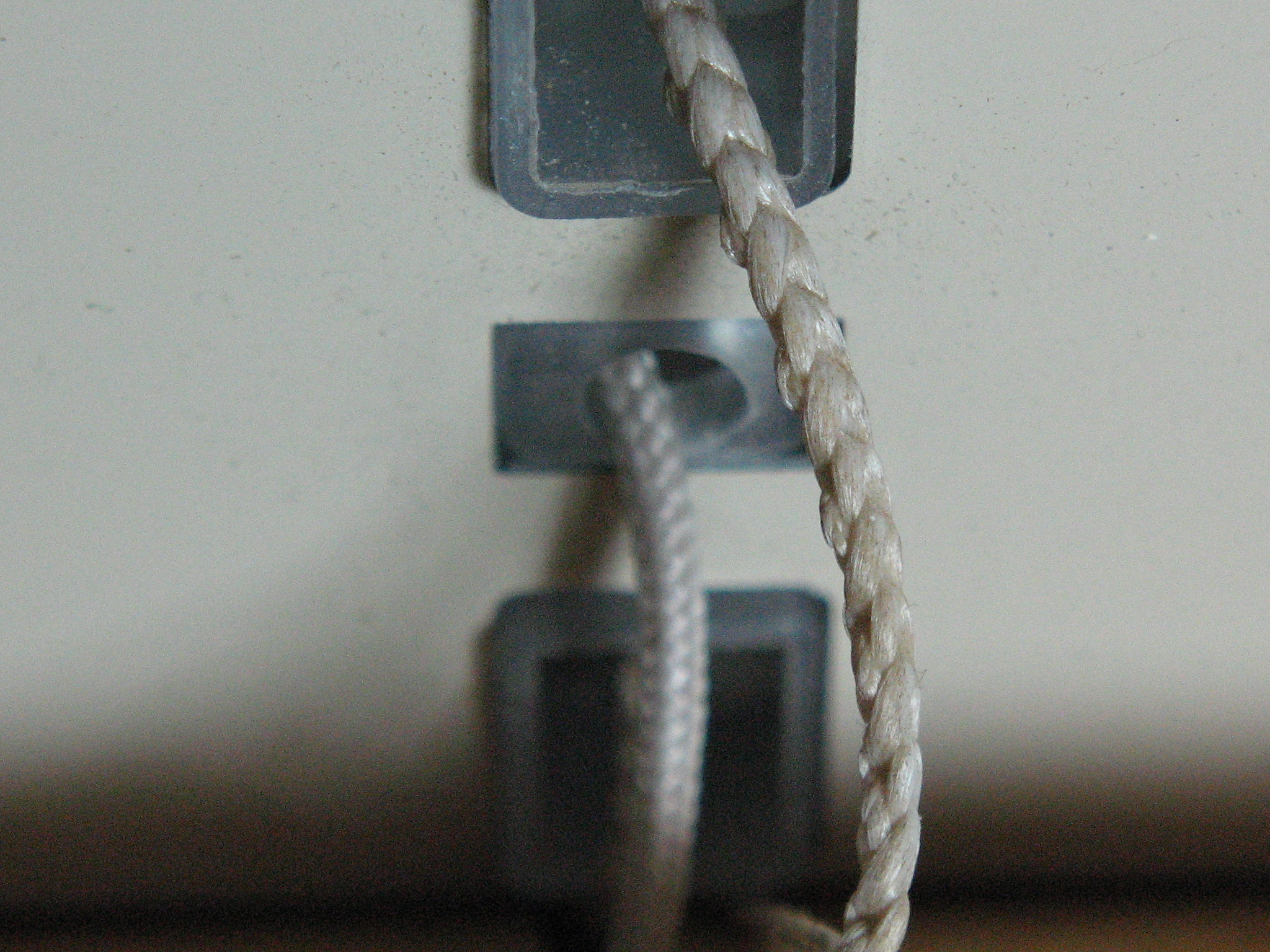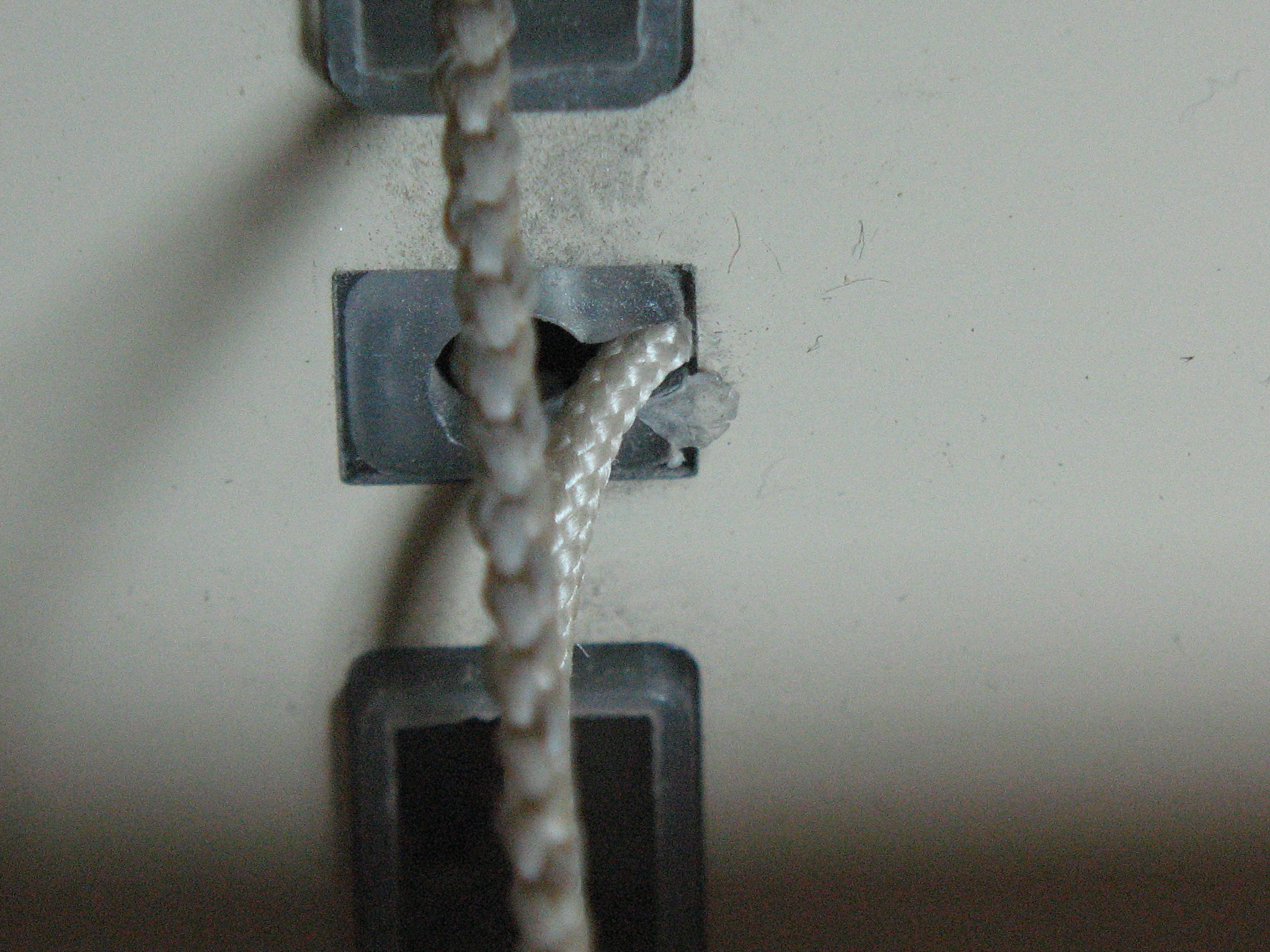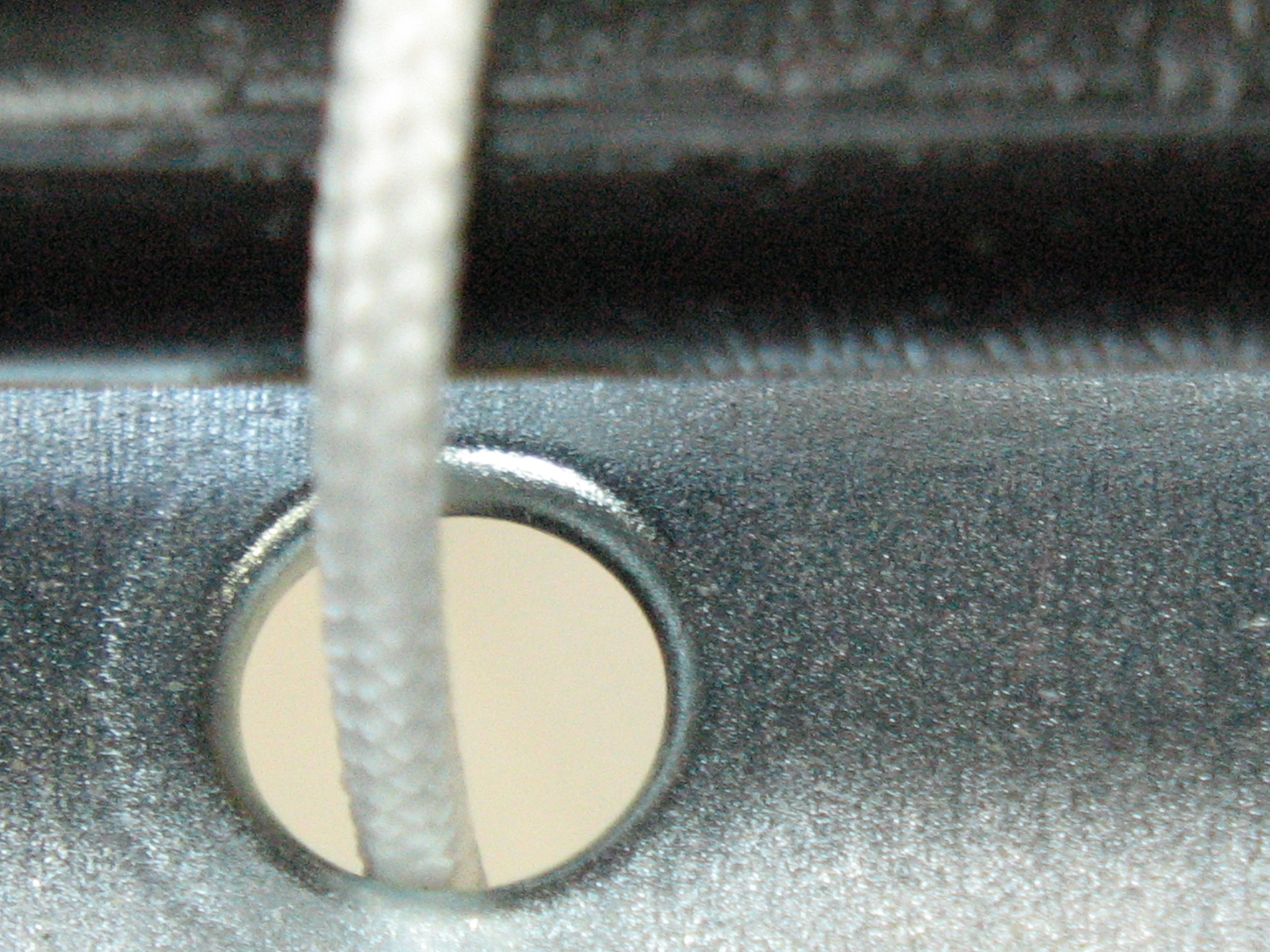- Measure Every Window
If you want a professional installation, you must start by measuring like a professional. Dimensions can vary by several inches from window to window even though they appear to be the same size. Always measure every window!
A tape with a wide blade (1" or more) is easy to work with because it is rigid enough to span the window without bending or kinking and it can stand up on it's own for an easy vertical measurement. If you have trouble reading the divisions on a tape you may want to consider one with a fractional blade or scale. A fractional scale reads directly in fractions of an inch making it easy to interpret the division marks. A laser measure is even easier to work with and very accurate.
Each type of window covering has it's own unique set of measuring requirements. None of it is rocket science, but you can't know what to do or what to look out for if you haven't decided which type of blind or shade you want to buy. Select the type of product that you want before you measure.
Window opening dimensions often vary from side to side and top to bottom within the same window. As the installer, it is your job to identify the largest and smallest dimension in each direction. Depending upon your choice of blind or shade you will need this information to make an informed decision about which dimensions you should use when ordering.
It is the standard in the industry to record window covering dimensions as width followed by height. If you are such a rebel that you just can't conform to this standard, be sure to label your dimensions so you'll remember which is which when it comes time to place your order (if the retailer doesn't insist upon using the standard notation, you may want to consider using a different retailer).
Use a measurement worksheet and label each window. When measuring a room with more than one window, go around the room in a clockwise direction (or whatever - the main thing is to be consistent). Label each window as you go around the room. For example, in the dining room you might label them as "din1", "din2", etc. Keep your worksheet where you can find it so you can use it as a reference to lay out the job for installation.
Be sure to scan the completed worksheet for dimensions that seem out of place. For instance, if all of the windows in the breakfast nook measure out at approximately 36" x 48" except for one oddball at 36" x 45", you would probably want to check your work again.

